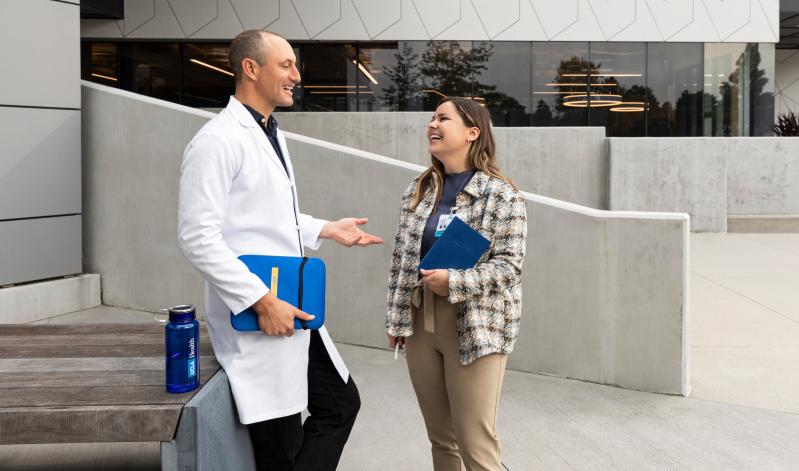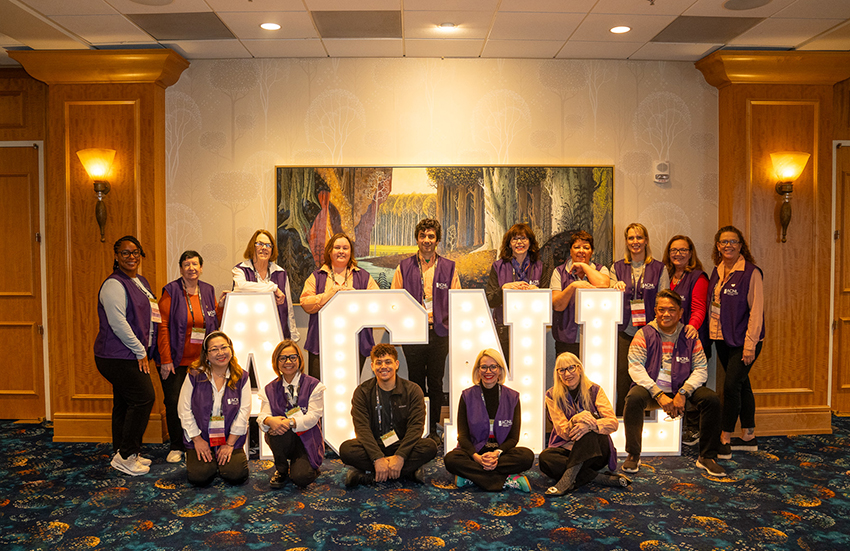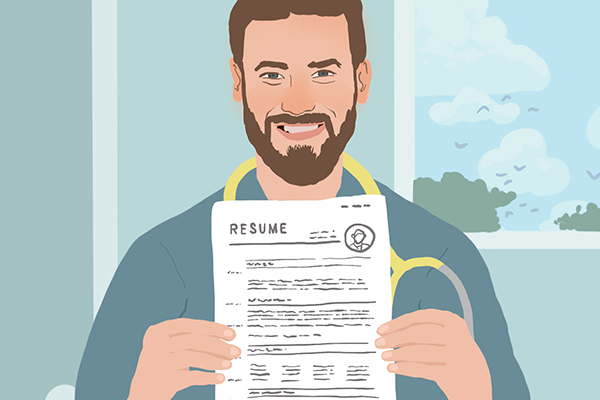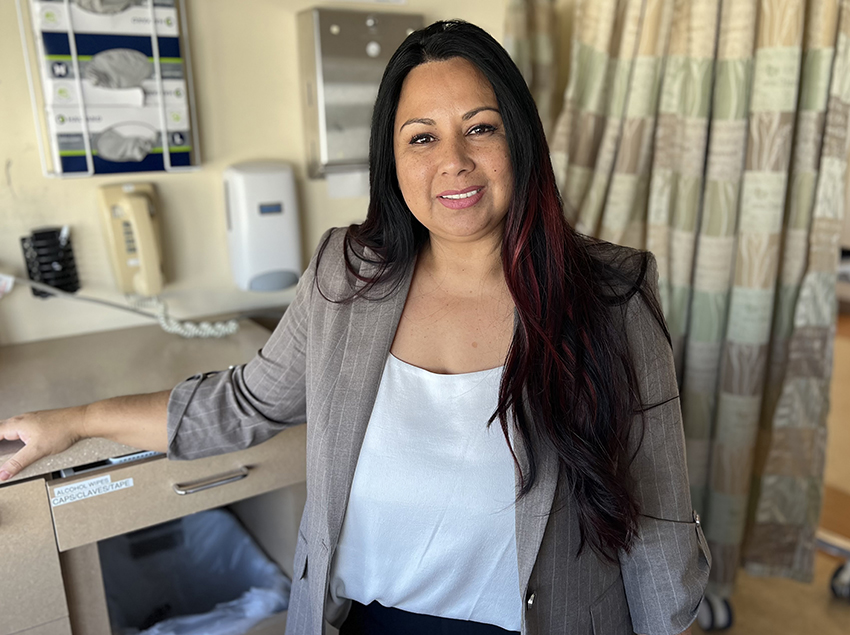Nursing & Healthcare News
The Third Vaccine
What to know about Johnson & Johnson’s entry in the fight against COVID-19
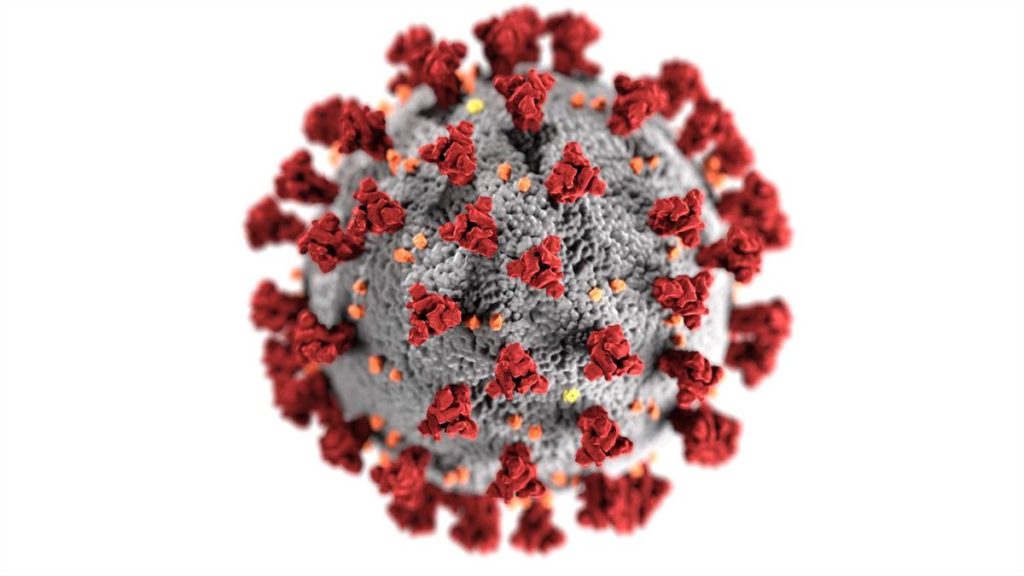
As you’re undoubtedly aware, the FDA granted emergency use authorization (EUA) to a third COVID-19 vaccine in February. With antivaxx propaganda and conspiracy theories running wild, here’s what every nurse should know about the latest shot.
And Then There Were Three
The third COVID-19 vaccine to receive emergency FDA authorization is made by Janssen Biotech Inc., a Johnson & Johnson subsidiary. The vaccine, which received its EUA on February 27, 2021, joins those manufactured by Pfizer-BioNTech and Moderna. With three different vaccines and a climate of widespread misinformation, you may find yourself fielding questions from confused patients, family members or even colleagues. Here are the key facts about the Johnson & Johnson offering:
It’s a different type of vaccine than the other two.
The Pfizer and Moderna vaccines are of the mRNA type, but the Johnson & Johnson is a “vector vaccine,” which uses a genetically modified live virus to provoke an immune response.
It contains a live virus — but NOT the COVID-19 virus.
The Johnson & Johnson vaccine uses an adenovirus — similar to the virus that causes the common cold — that’s been genetically modified so that it simulates the proteins that make up the novel coronavirus’s distinctive spikes, preparing your immune system to recognize and fight back against the real thing. However, the vaccine doesn’t contain the COVID-19 virus, so you can’t contract COVID-19 from the shot.


